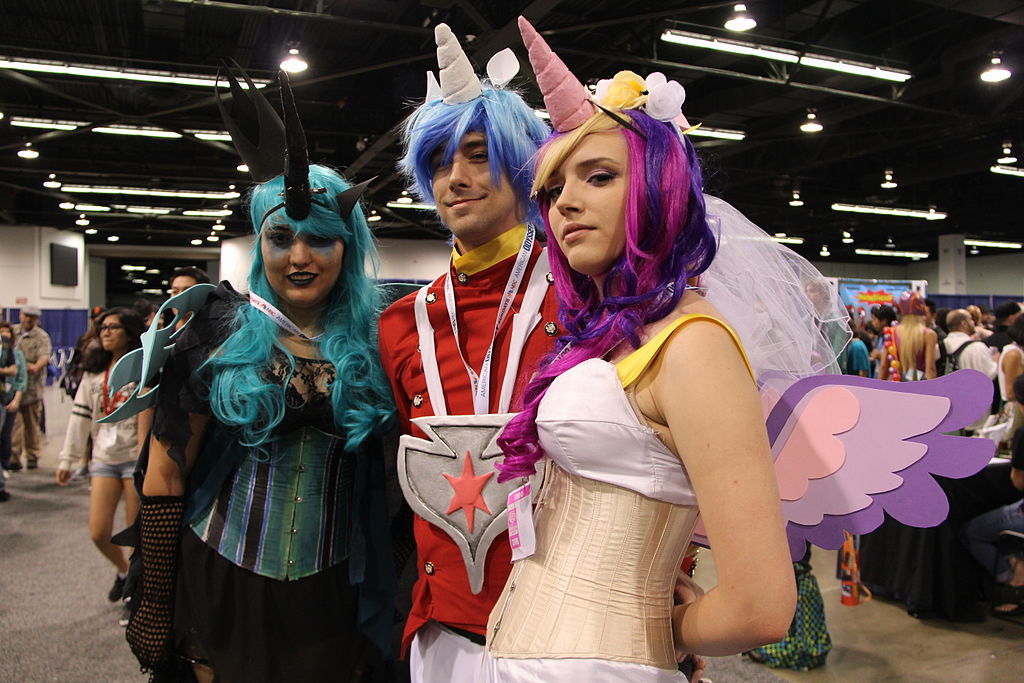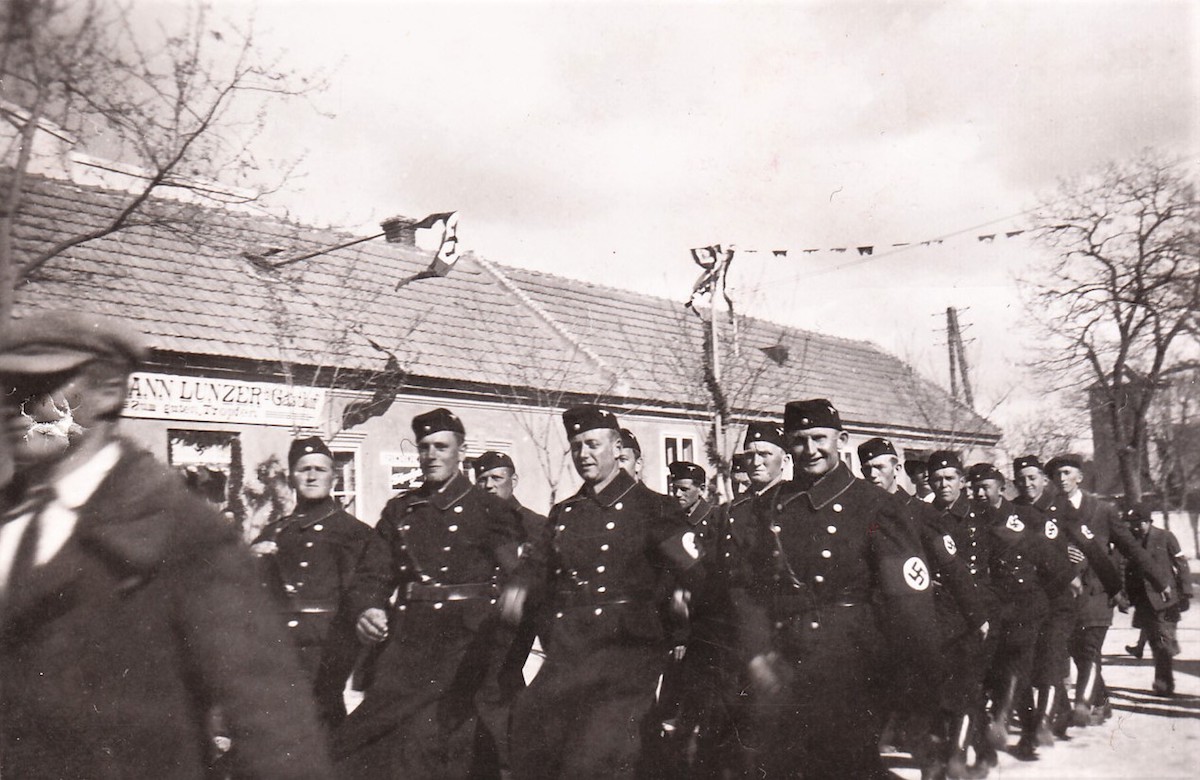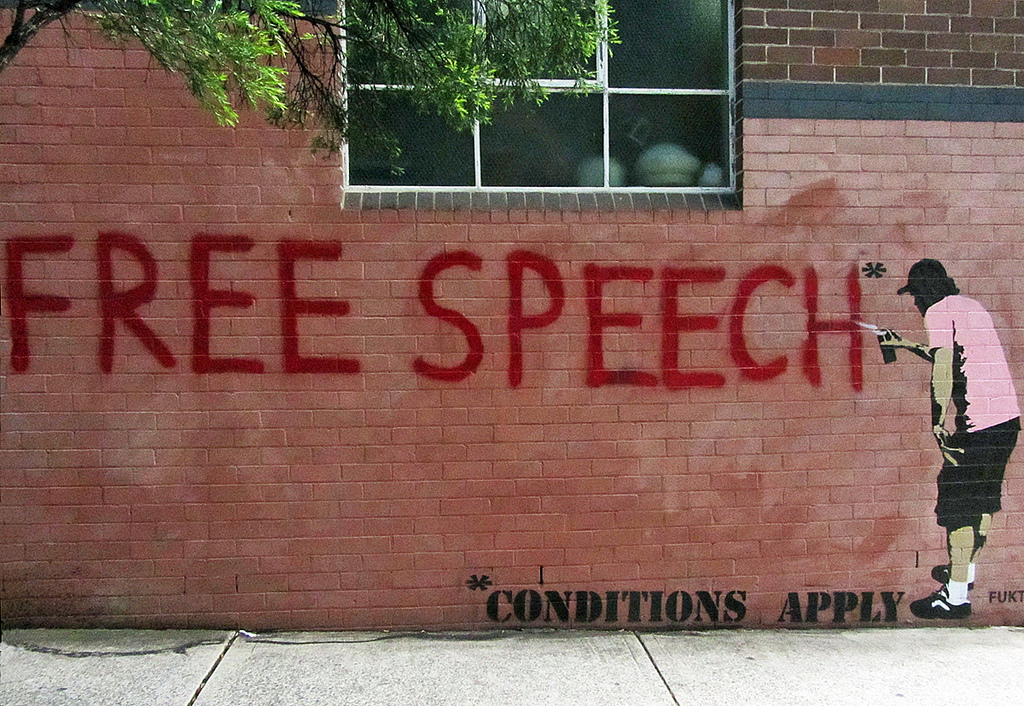Top Stories
Is the My Little Pony Fan Community Really Full of Nazis?
White nationalists and the far-Right seemed to be ascendant in 2016 after Donald Trump won an unexpected victory in the US presidential election.

The Atlantic recently published an exposé on the urgent problem of Nazis in the subculture of “Bronies,” adult fans of the My Little Pony: Friendship is Magic cartoon.
This was interesting to me, because I have argued in the past that the influence and scale of the far-Right or alt-Right is wildly exaggerated in mainstream media, and, in a 2018 article for Quillette, I supported this claim by pointing out that the 2017 Unite The Right rally in Charlottesville, Virginia, which was the largest gathering of far-right activists in many years, attracted only 500 attendees while the 2018 Bronycon, an event for adult men who love My Little Pony, attracted 11 times as many people. But could it be true that the Bronies themselves are far-right activists?
What do Bronies really care about?
The evidence of this Nazi problem in the My Little Pony fandom is that, on a My Little Pony imageboard called Derpibooru, over 900 images were tagged as “racist,” and images mocking Black Lives Matter were upvoted by users while images supporting the movement were downvoted, even as the site’s administrators made a statement of support for the protests. After much controversy, the imageboard banned uploading images “created for no reason other than to incite controversy” and removed the 926 images tagged “racism” or “racist.” This move was extremely controversial within the Derpibooru community, many members of which oppose any moderation.
Atlantic reporter Kaitlyn Tiffany suggests that the strong free-speech norms of the Derpibooru boards stem from its origins on 4Chan, which Tiffany describes as “the largest den of chaos and toxic beliefs available on the Internet.” She describes the Brony community as being divided between those who “genuinely enjoy My Little Pony and the wholesome escapism it provides” and trolls who think it is “edgy and provocative to be an adult obsessed with cartoon ponies.” This frames the Derpibooru imageboard as a place where innocent cartoon fans are unknowingly subjected to subversive, racist memes and images that may send people down a rabbit hole of far-right content.

However, claims that a significant portion of the Brony community are Nazis, or that a significant amount of the content on Brony imageboards is right-wing propaganda or racist memes has to be put in the proper context. First of all, the 926 images tagged “racist” exist on a board that hosts over two million images. If you order all the site’s various tags by how many images fall within their categories, there are 12 full pages of other, more popular tags you have to scroll through to find the “racism” tag. One thousand two hundred and seventy-five images are tagged “politics” and include images both supporting and opposing Black Lives Matter. Discussion of these issues is a tiny fraction of one percent of the content on the My Little Pony imageboard.
By contrast, 315,867 images on the Derpibooru forum are tagged as sexually explicit, a further 127,414 images are tagged as sexually suggestive and 105,521 images are tagged as containing “questionable” sexual content. The truth is that Derpibooru’s lax moderation norms and anti-censorship culture don’t exist to protect objectionable political content; this imageboard is unmoderated because it is an enormous repository of fan-made My Little Pony pornography.
The Atlantic article fails to place the 926 racist images in the context of the larger scope of the two million images hosted by the Derpibooru board, because less than one-quarter of one percent of the site’s content is of a political nature. And the Atlantic article avoids mentioning the half-million pornographic images the site hosts, because doing so reveals that the community’s widespread opposition to content moderation on their imageboard is about protecting sexually explicit content rather than creating a space for hateful politics to flourish, and it further reveals that the Bronies are 500 times more interested in having sex with My Little Pony characters than they are in spreading racist pony memes.
The article creates an impression that the alt-Right is using seemingly-innocent cartoon fandoms as a Trojan horse to conceal and spread a sinister ideology, but the truth is that the only thing these guys are interested in hiding inside a horse is their dicks.
Why does this kind of thing keep happening?
White nationalists and the far-Right seemed to be ascendant in 2016 after Donald Trump won an unexpected victory in the US presidential election. A couple of weeks after the election, alt-right leader Richard Spencer held a celebratory event in Washington, D.C., at which he threw a stiff-armed “Roman salute” and bellowed “Hail Trump! Hail our people! Hail victory!”
After the 2017 Unite The Right event in Charlottesville, during which a white nationalist murdered a counter-protester by running her over with his car, Trump appeared to defend the rally by saying there were “very fine people on both sides.” With this level of normalization from the holder of the country’s highest office, it seemed like the far-Right might be on the verge of entering the mainstream of American politics.
News media rushed to cover this trend, hiring reporters whose entire beat was the alt-Right, white nationalists and other far-right extremists. But the mainstreaming of these ideologies never happened. After the violence at the 2017 Charlottesville march—an event which only attracted about 500 far-right activists—the alt-Right never mustered again. When organizers attempted a second Unite The Right event in Washington, D.C. in 2018, fewer than 30 alt-right activists showed up, and were surrounded by thousands of counter-protesters.
Perhaps the most prominent far-right figure, former Breitbart editor and provocateur Milo Yiannopoulos was banned from Twitter in July 2016 for posting doctored screenshots of fake tweets and attempting to use them to incite harassment against Saturday Night Live performer Leslie Jones. In February 2017 Yiannopoulos was disinvited from the Conservative Political Action Conference (CPAC) and had his book deal with a conservative imprint at Simon and Schuster cancelled after the conservative Twitter account Reagan Battalion posted audio of Yiannopoulos appearing to defend pedophilia. By the end of 2018, Yiannopoulos claimed to be $2 million in debt and was pushing a self-published ebook called How To Be Poor.
Spencer, too, saw his fortunes decline after Charlottesville. By 2020, he was openly lamenting his disappointment in Trump and according to a documentary from the Atlantic, which has had a film crew following Spencer for years, he is now living with his mother.
By any reasonable measure, the alt-Right and its ideologies of white nationalism have collapsed. The marketplace of ideas has rejected organized hate and racism. The groups that advocate for these beliefs cannot muster any activists. The leaders who espoused these ideas on national stages a few years ago are now deplatformed, disgraced, and unemployable.

This is great news for most opponents of far-right movements, but it is, perhaps, bittersweet for academics specializing in researching right-wing extremists and journalists whose job is to be watchdogs on groups that barely exist anymore. Victory in the war on Nazis means that the services of these specialists are no longer required, and they do not want to be looking for work in a market that is glutted with PhDs scrabbling for a handful of tenure-track academic jobs, or trying to respecialize in a media environment when major outlets are conducting mass layoffs. In order to preserve their job security, professional anti-extremists must always find new extremists to be anti. With few windmills left to tilt at, journalists from major national outlets searching for extremists to expose are combing the weird corners of the Internet and building stories around a handful of anonymously-posted racist meme images on an unmoderated website that hosts My Little Pony porn.
But all is not lost: In order to remedy its lack of newsroom diversity, the Washington Post is creating 12 new positions, including a new job for a national security reporter whose job will be to ferret out “extremist groups with supporters in the military and police; the internationalization of far-right groups; and the sources of financial support for white nationalism.”
I’m sure Spencer and Yiannopoulos, who are also desperately searching for sources of financial support for white nationalism, will be paying close attention to what the Post uncovers.






